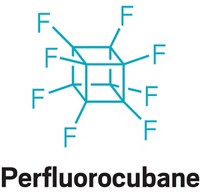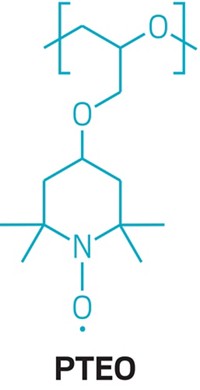Advertisement
Grab your lab coat. Let's get started
Welcome!
Welcome!
Create an account below to get 6 C&EN articles per month, receive newsletters and more - all free.
It seems this is your first time logging in online. Please enter the following information to continue.
As an ACS member you automatically get access to this site. All we need is few more details to create your reading experience.
Not you? Sign in with a different account.
Not you? Sign in with a different account.
ERROR 1
ERROR 1
ERROR 2
ERROR 2
ERROR 2
ERROR 2
ERROR 2
Password and Confirm password must match.
If you have an ACS member number, please enter it here so we can link this account to your membership. (optional)
ERROR 2
ACS values your privacy. By submitting your information, you are gaining access to C&EN and subscribing to our weekly newsletter. We use the information you provide to make your reading experience better, and we will never sell your data to third party members.
Synthesis
Triphospha[3]radialene Makes Its Debut
Modifying an unsaturated hydrocarbon ring with phosphorus atoms shifts its electronic properties
by Stephen K. Ritter
March 12, 2012
| A version of this story appeared in
Volume 90, Issue 11
Radialenes are an unusual class of unsaturated hydrocarbons that researchers in Japan have made even more unusual by incorporating phosphorus atoms (Angew. Chem. Int. Ed., DOI: 10.1002/anie.201200374). The simplest member of the class, [3]radialene, is a cyclopropane ring with a double-bonded carbon jutting out from each vertex in the ring. It’s a structural isomer of benzene, but it comes with an important electronic difference: Benzene has a π-conjugated aromatic ring system, whereas [3]radialene has a π-cross-conjugated nonaromatic ring system, which instills useful optical and electronic properties in the molecule. Hideaki Miyake, Takahiro Sasamori, and Norihiro Tokitoh of Kyoto University became interested in increasing that difference by substituting phosphorus atoms for the external carbon atoms. They did so by combining tetrachlorocyclopropane with a bulky arylphosphine in the presence of a base, followed by oxidation with iodine, to produce 4,5,6-triphospha[3]radialene. They found that altering the cross-conjugated skeleton with the heavier phosphorus atoms red-shifts the ultraviolet absorption of radialene and increases its electron-accepting ability.





Join the conversation
Contact the reporter
Submit a Letter to the Editor for publication
Engage with us on Twitter